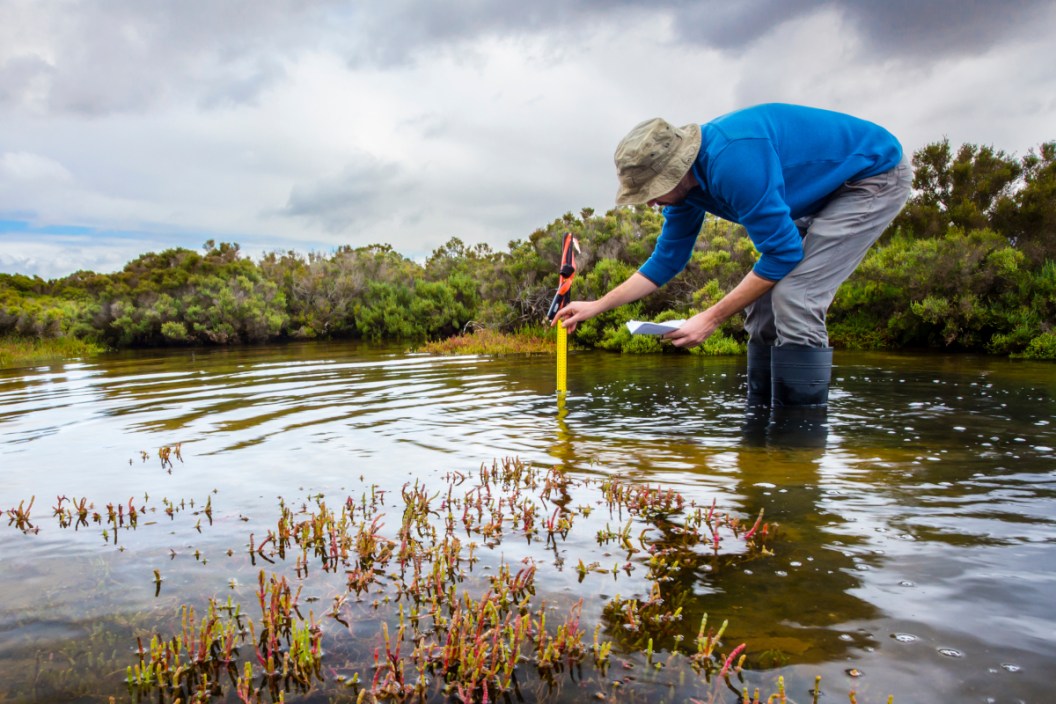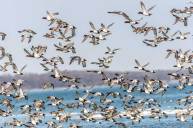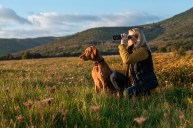Whether we are hunting, fishing, or just observing wildlife, the outdoorsmen and women of North America take part in various ways to help researchers to shed light on the environment. And hunters and anglers can be a vital part of the process.
Citizen science has been transforming research since everyday people began volunteering for real research projects. Usually they are simply an extra set of eyes and ears for the scientific community, especially when it comes to the outdoor life that we all love.
Projects that recruit the outdoor loving public are getting more ambitious and diverse in their overall scope. These days they include simple items like monitoring air quality, measuring rainfall totals, and more complex things like taking pictures and video of wildlife everywhere.
What Is Citizen Science?
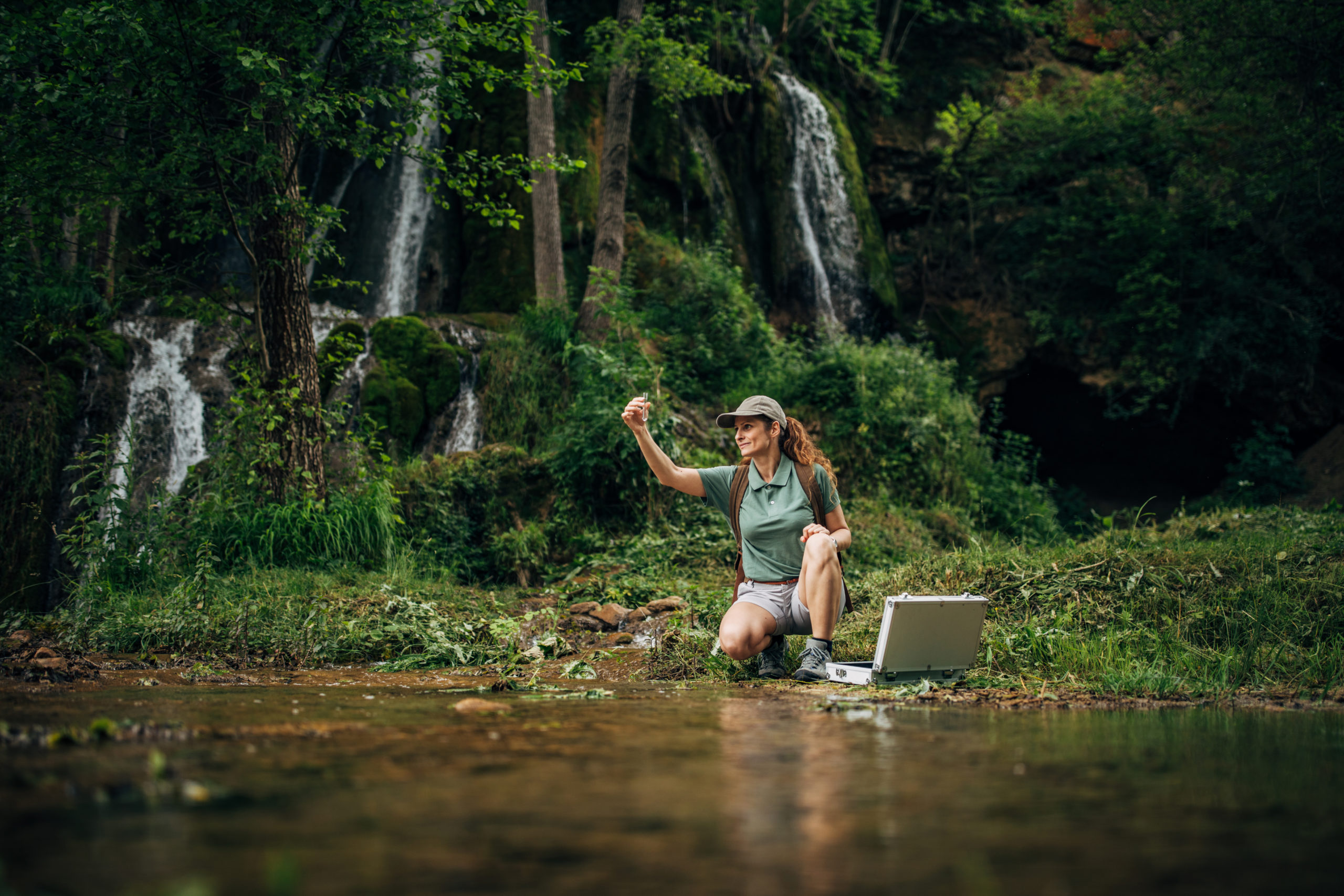
- Getty Images: South Agency
The dictionary definition of citizen science is pretty plain: "the collection and analysis of data relating to the natural world by members of the general public, typically as part of a collaborative project with professional scientists."
When it comes to scientific research of biodiversity, ecology, and ecosystems, professional scientists sometimes need some help from the general public. After all, they cannot be everywhere at once to get this data. Public participation in this research goes hand in hand with coordinators to better understand data collection and data quality to create outstanding environmental protections for the real world.
Often, citizen science projects collect data vital to state and federal agencies, especially organizations like the National Park Service. For instance, samples of deer taken at a check station is often used to develop further scientific knowledge of diseases like chronic wasting disease (CWD) or Epizootic hemorrhagic disease (EHD). The state agencies then use that citizen science data to develop new hunting regulations for stakeholders like hunters or fishermen, depending on the type of project. Pretty much any wildlife that needs checking after being harvested could qualify as a citizen science project. Let's look at a few other types of project one can participate in and help manage our precious natural resources.
Water Quality
Hunters and especially fishermen can meaningfully contribute to monitoring water quality of their local streams, rivers, and lakes. When chlorophyll levels increase and nitrogen levels spike in local waterways, sometimes the only way that scientists can prepare for the issue is through the diligence of citizen scientists who volunteer their time and energy to help.
One good way to do this is by installing the 'Eye on the Water' mobile app and making regular reports.
Wetland Monitoring
What better way to spend some time in the outdoors then by watching waterfowl and the area where they live? Just as important is to observe the other species that rely on clean waters to survive and thrive such as freshwater turtles, salamanders, frogs, snakes, and various insect life that all are indicators of a healthy ecosystem. Reporting sightings of rare or endangered species can help scientists monitor how the species is faring. Especially with rare bird populations.
Nest box Observation
This can include not only waterfowl like wood ducks, but also important species such as bats. Especially bats that may be endangered by diseases like white nose syndrome, which has killed millions of bats here in North America. With a decrease in bats comes an increase in pests like mosquitoes, so you can see the obvious need for scientists to get help there. Nest box monitoring is as simple as hanging a box in your own backyard or checking your local park system for boxes that have already been placed there.
Shorebird Watching
Such pastimes as bird watching can be stepped up to include bird counting, nest monitoring, and overall health assessment. This type of community science is fun, and a perfect way for someone who is retired to give back while having fun at the same time. Since shore beds are an excellent indicator of wetland health, it should go without saying that they are quite important for citizen scientists to keep an eye on. Shore birds along with other waterfowl are great indicators of invertebrate populations since it is the crux of their diet.
The health of this indicator species tells biologists something about the health of the other creatures using that habitat from the bottom up.
Mangroves, Tidal Marshes, and Seagrasses
Coastal wetlands (we're starting to see a pattern here) act as storm buffers, pollution filters, wildlife nurseries, and also trap a great deal of carbon. Not only that, but citizen scientists can track the tides, monitor marine debris, and even take part in whale watches.
Putting It All Together
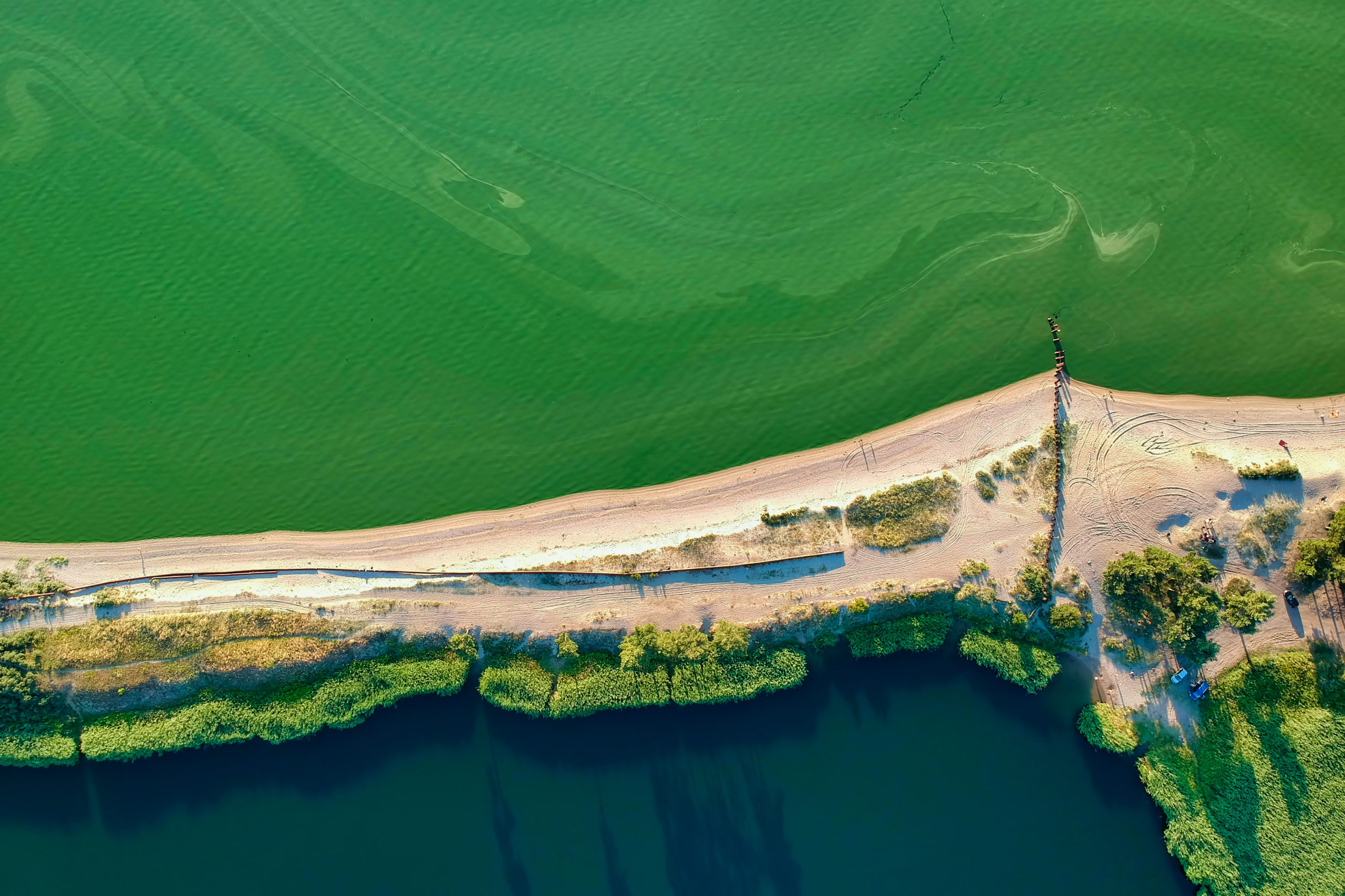
- Getty Images: cotuvokne
Why is it so important for sportsmen and women to monitor these areas? To put it simply, we're watching our own backs here folks. Yes, the scientific community were the first to respond when esteemed places like Lake Okeechobee were found to have algal blooms that were seriously affecting the amazing bass fishery there. However, it was the citizen scientists who helped sound the alarm.
As we reported about the venerable Ducks Unlimited organization back in March 2021, it was friends "John C. Huntington, Arthur M. Bartley, and Ray E. Benson who were lead by their friend Joseph Palmer Knapp and are credited as having already formed and funded an organization known as the More Game Birds in America Foundation, but they were just getting started."
And DU was born out of a citizen science program. A working group using citizen science data and real research questions can gather scientific knowledge by collect data when they are involved in a basic volunteer citizen science program.
Whether it is by observing bird populations for federal agencies like the national park service or sightings of whales off the coast, citizen science projects are what help to jumpstart community science and science research. If you're looking for a way to give back to the wild places we like to play in, participating in a citizen science project is a good way to do it.
Please check out my book "The Hunter's Way" from HarperCollins. Be sure to follow my webpage, or on Facebook and YouTube. Go to Rack Hub and use the coupon code Craiger for a new way to display those antler sheds!
NEXT: SITKA USES THE SCIENCE OF SOUND ON THEIR NEW FANATIC HUNTING GEAR
